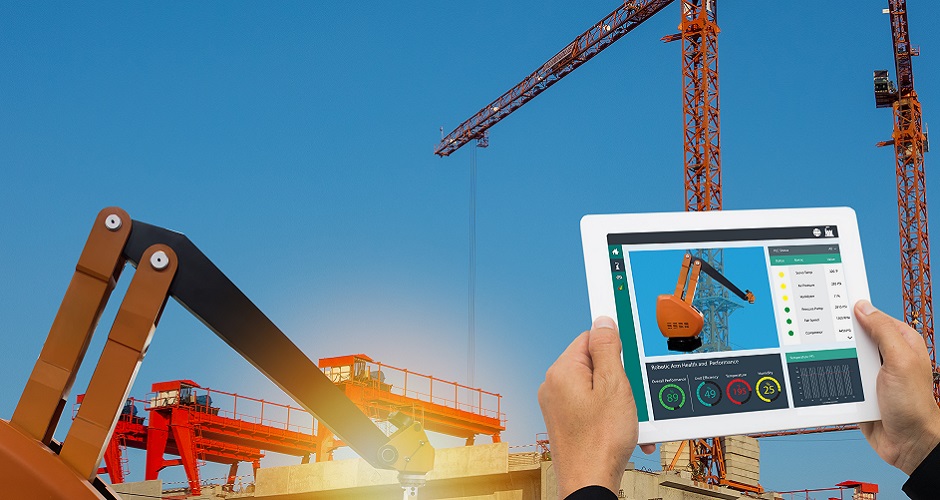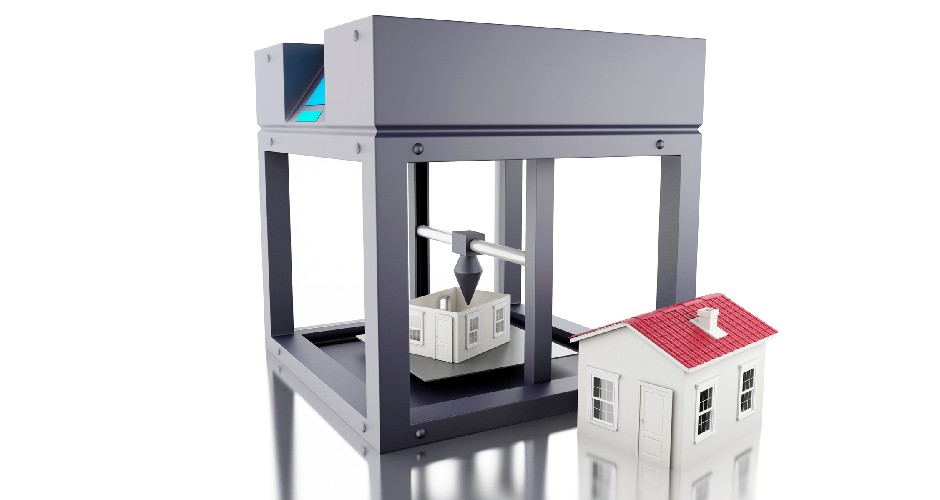More connected, more sustainable

In this blog, we’ve already talked about how the foundations of traditional construction are changing. There is a tendency to reduce waste and create sustainability and efficiency. Today, we want to explain another great advance in the XXIst century, the digital twins.
Concern about climate change is worldwide and it is known that one of the most polluting sectors is construction. For this reason, many efforts and resources are being invested in studies and innovation to reduce the sector's footprint.
Tecnalia, the leading Research and Technological Development Center in Europe, has introduced Industry 4.0 technology to construction. This fusion of concepts has been embodied in its Kubik project, the first European building with double digital. In short, they are virtual representations of the assets, to achieve the automation of the actions and be able to control it remotely.
This unique building is located in the Science and Technology Park of Bizkaia. It is a completely modular three-story building where manufacturers can test their products and solutions in a real environment before bringing them to market.
This architectural work has more than 3,000 sensors that transmit information in real time to its digital double. In this way, the building's reactions to manufacturers' tests and innovations can be checked, even from miles away.
The digital twins are spaces to develop cybersecurity techniques, autonomous building management, predictive maintenance, simulation of energy behavior, Big Data, IoT, AI and Blockchain.
At Kubik, companies from all over Europe test developments of any kind. Some examples of these are: acoustic insulation materials, smart furniture or appliances, or the use of industrial waste for new buildings. These elements are essential for new constructions to meet sustainable needs.
Facing this diversity of studies, it must be highlighted that the vast majority focus on renewable energies, since water, electricity and electricity are the main expenses of households. One of the latest investigations in this field is solar collectors connected to tubes located throughout the facade, which transfer energy to the entire building. Or translucent glass that generates electricity with the sun's rays.
The future lies in smart cities, meaing interconnected buildings that are capable of reducing the climate footprint from the moment of construction to the cost of day-to-day services.
#comeDiBuild #eDiversaGroup #construction40 #renewableenergy #sustainability



